Its name might not sound particularly nautical, but rest assured, this knot boasts a long-standing and rich tradition. Belonging to the family of joining knots, it is often regarded not only as one of the most efficient in its category but also as one of the most elegant knots overall. This reputation comes from its symmetrical beauty and its historical use as a popular decorative element in maritime-themed designs.
For centuries, the Double Carrick Bend was the go-to solution along docks worldwide for splicing mooring lines.
Pros? It’s very easy to tie. It doesn’t slip (even on wet ropes). It has exceptional holding power. It’s easy to untie—even though it tends to tighten considerably, it can still be loosened with patience. Disadvantages: It becomes quite bulky. It performs best on ropes of a certain diameter. It’s often confused with similar knots—especially simpler Carrick Bends, which look alike but lack the same intricate weave. These simpler versions are far less reliable and prone to coming undone easily. This confusion has contributed to the knot’s decline in popularity. In traditional maritime practice, the simpler version was always “secured” with additional bindings at the ends.
The double version was typically used when joined lines were employed for warping—that is, for moving the ship along the dock, to buoys, or at anchor. This precaution was standard practice with all knots during warping, as the process often involves the tension on the lines easing and tightening repeatedly and with intensity, which could cause many joins to unravel.
Let’s see how to tie a Double Carrick Bend.
Start by passing one of the working ends over the loop made on the working end of the other rope, then under its own working end. This is the crucial step to avoid accidentally creating a Simple Carrick Bend.
From here, simply alternate “over” and “under” in a clockwise direction, until you achieve a perfectly symmetrical weave.
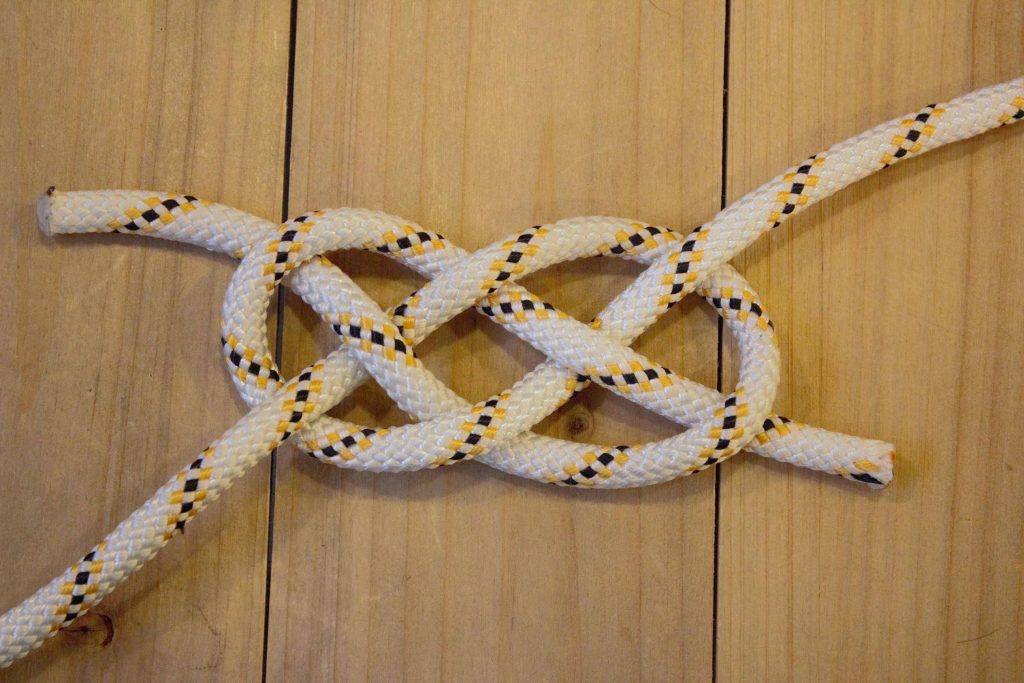
What happens if you tie a Simple Carrick Bend instead of the Double (see the photo below, showing one of its many variations)? It will unravel with great enthusiasm. They may look similar, but we assure you they are not. Try it yourself and see the difference!

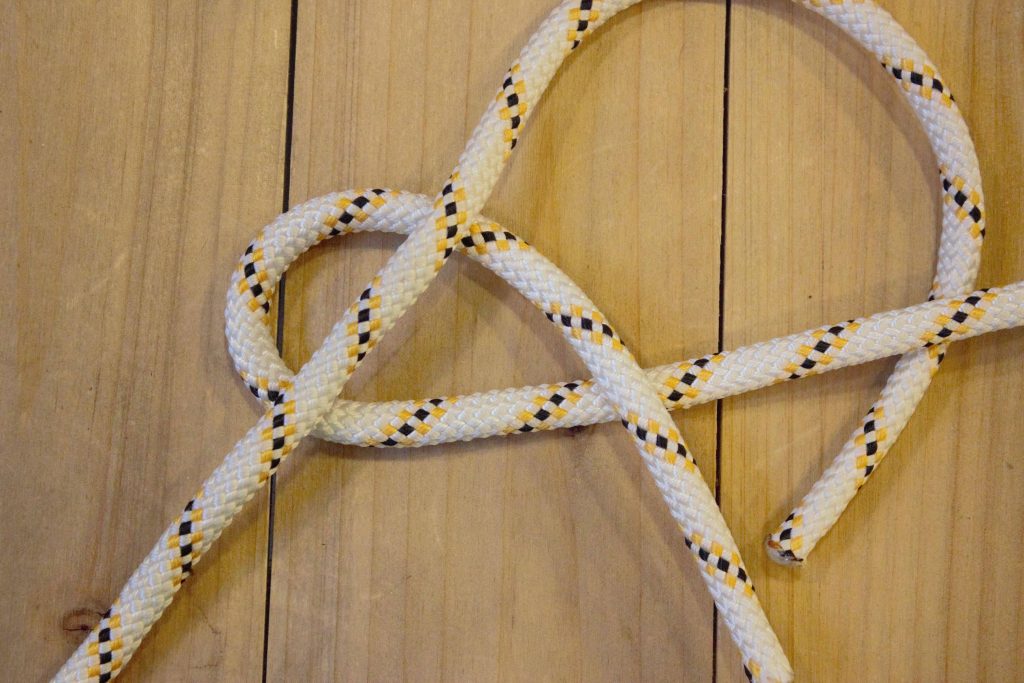
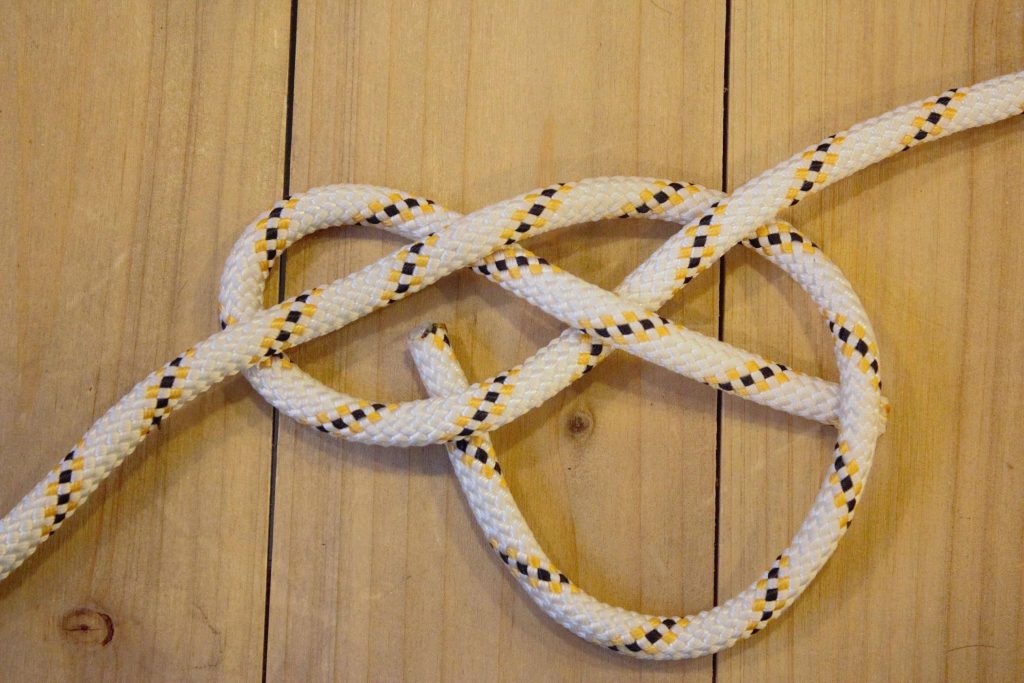
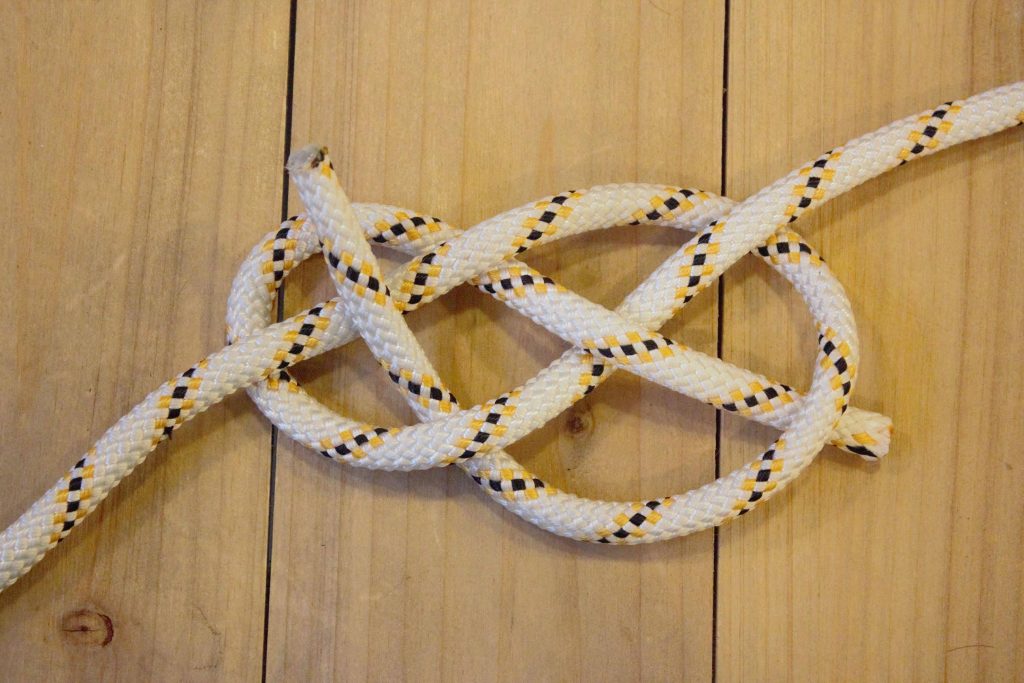


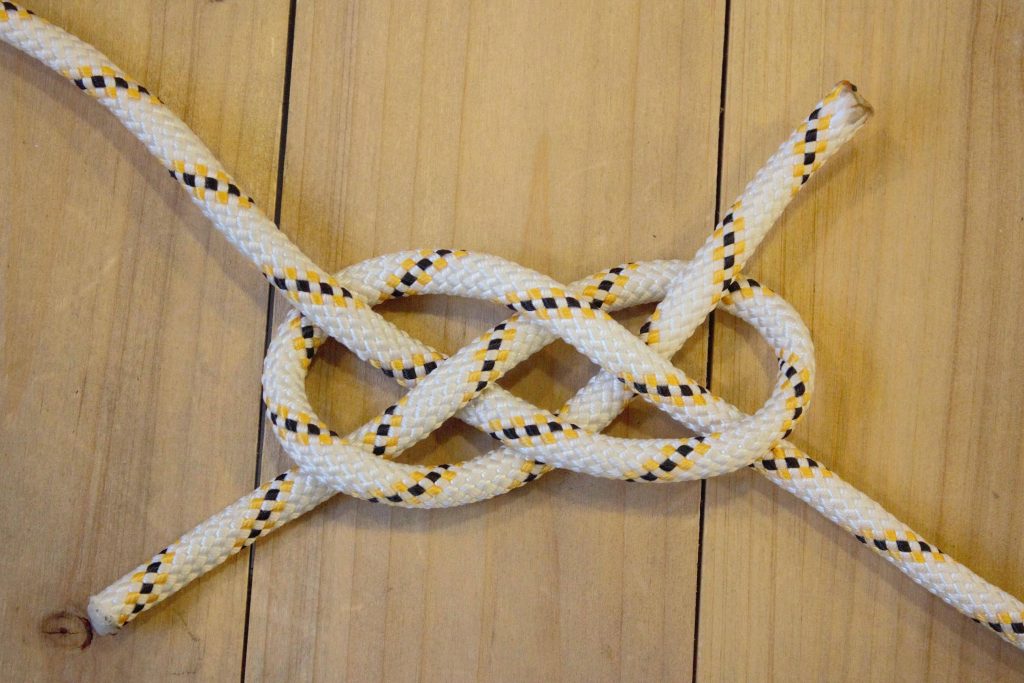






















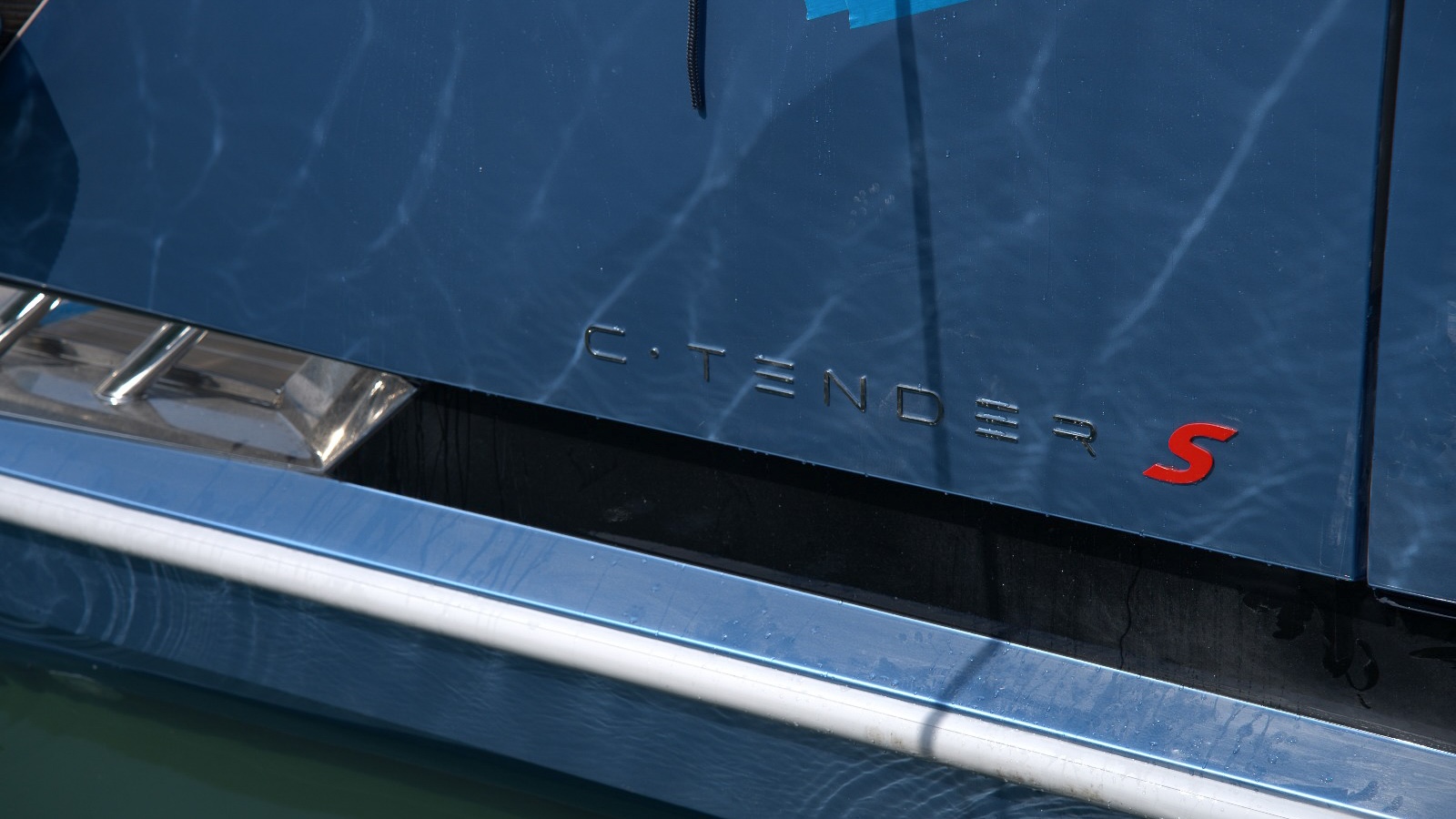

One Response
Looks like a carrick. Nothing double. The “simple “ shown doesn’t use the weave! Not a carrick. Am I missing something?